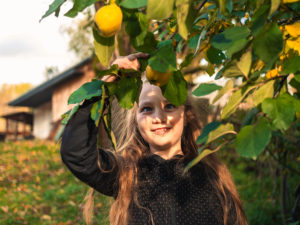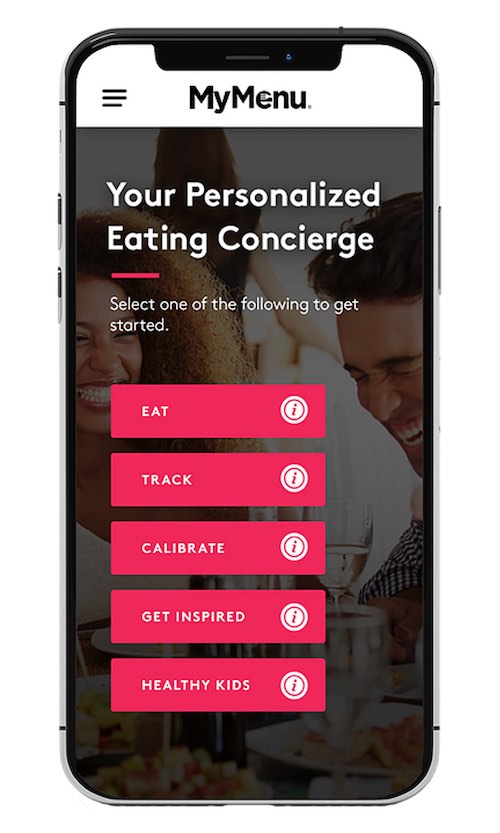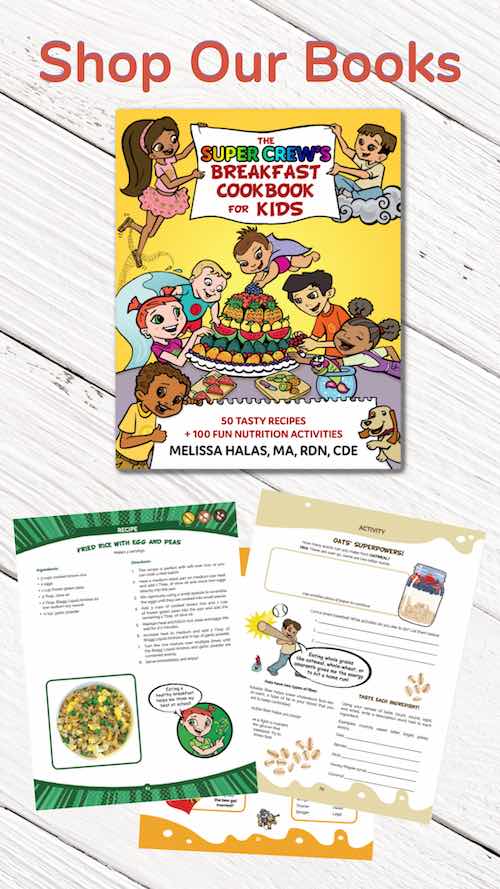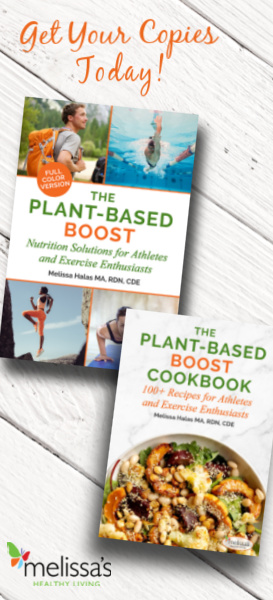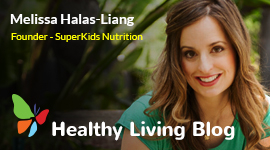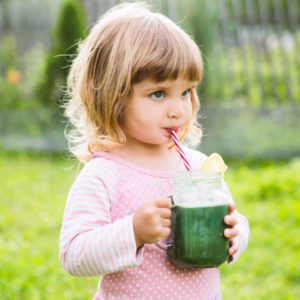
Trying to boost healthy whole foods in your kids’ diet? Learn how smoothies can help increase fruits, veggies, whole grains, dairy, nuts, and seeds!
We caught up with mom, registered dietitian, and author of Healthy, Quick and Easy Smoothies, Dana Angelo White to hear about her newest book and gain insights into how to boost healthy whole foods through smoothies with our kids! We love her recipes, and think you will too!
How did you come up with so many different and unique smoothie recipes?
I make smoothies more often than you can imagine. Between my three daughters, athletes at Quinnipiac University, blogging assignments and cookbooks, I am making different types of smoothies constantly. It was so fun to compile my creations and dream up some new ones for Healthy, Quick & Easy Smoothies.

What was your thought process when creating smoothies that incorporated typically savory ingredients or vegetables?
No ingredients are off limits for smoothies! I actually think most smoothies are way too sweet; I want to taste the ingredients, not a bunch of sugar. Plus, vegetables make awesome smoothies – spinach, beets, tomatoes, and cucumber are some of my favorite ingredients. I also like to add texture and nutrients to smoothies with things like oats, granola, chia seeds, nuts, and nut butters.
Did your children help taste test your recipes and what were their most surprising comments?
Yes, I have three adorable recipes testers, ages 9, 7 and 3 and they are brutally honest! They are pretty adventurous and willing to at least try whatever I whirl up. A few smoothies were made in their honor. My youngest loves the Kiwi & Orange Burst with Strawberries. I made the Fruit Salad Surprise with Coconut & Chia Seeds for my middle daughter; she is always looking to mix things up. My oldest is a swimmer and loves the Chocolate & Cherries with a Pinch of Sea Salt for after practice.
Which healthy quick smoothie do you think is the most unique or surprising, and why?
The Creamy Cauliflower with Banana & Almond is shockingly good. Cauliflower remains an “it” food, and it works surprisingly well in a smoothie. I also think readers are surprised how tasty the Kale Lemonade is – made from just kale, water, ice, lemon and a touch of honey – I could sip on it all day long.

Which smoothie did you find the most fun or challenging to develop, and why?
The chapter on green smoothies was a big challenge. I experimented with the flavor combinations and wanted to think beyond spinach and kale. I wanted many of them to be really satisfying so used ingredients like avocado, milk and soy milk as well as plant-based protein powders.
How do you think we can make smoothies more appealing for kids to drink instead of sugar-sweetened beverages?
Make those smoothies as colorful as possible and get the kids in on the action. We love to play a game in my house where I make the smoothie, and they guess what’s in it. They really pay attention to the color, textures, and flavors – they pretty much drink the entire thing while guessing.
When creating these smoothies, were there originally any parameters you wanted to set for the sugar content as wholesome smoothies can still be high in natural sugar?
I tried to keep the added sugar as low as possible and included the breakdown of natural and added sugars in the nutrition information; I thought that was important for readers to know. I think it can be very confusing for parents to see higher sugar totals from dairy and fruit and think that it’s a smoothie they should stay away from.
Dana’s Smoothie Recipe
Try Dana’s Dragon Fruit Dream with Raspberry Honey Smoothie

